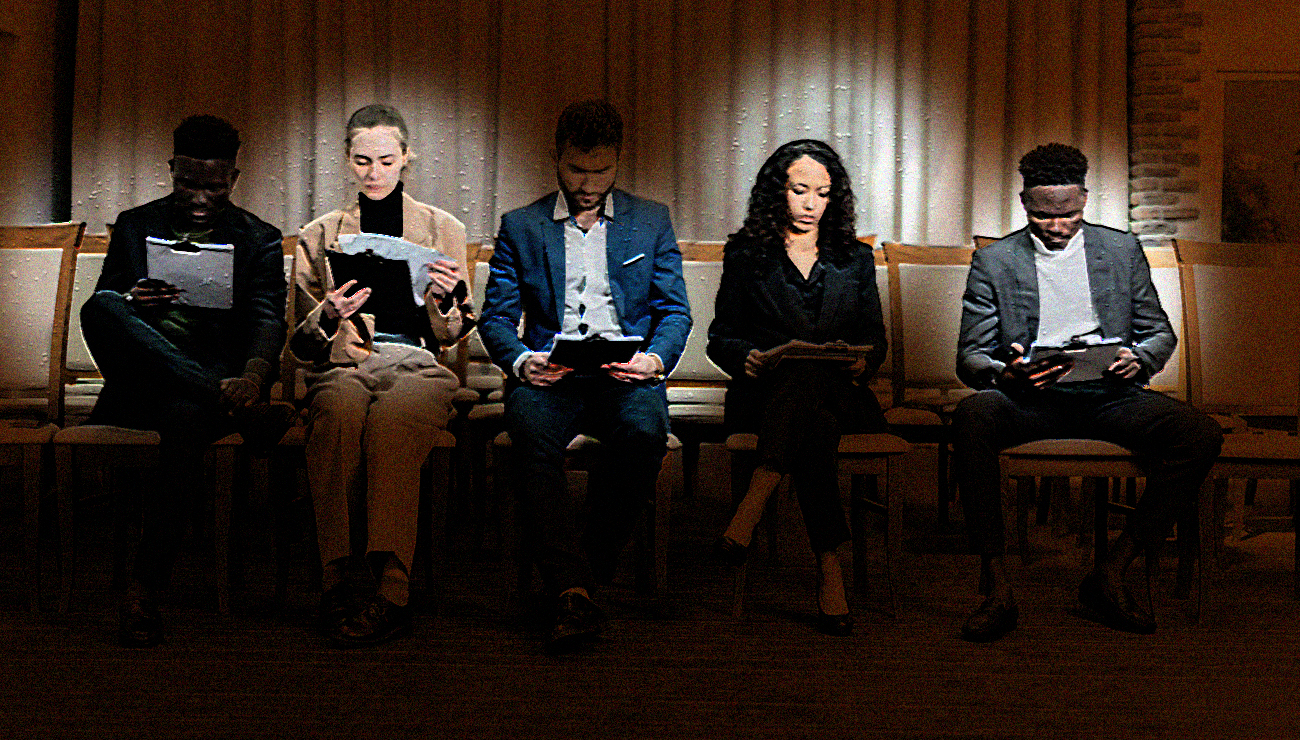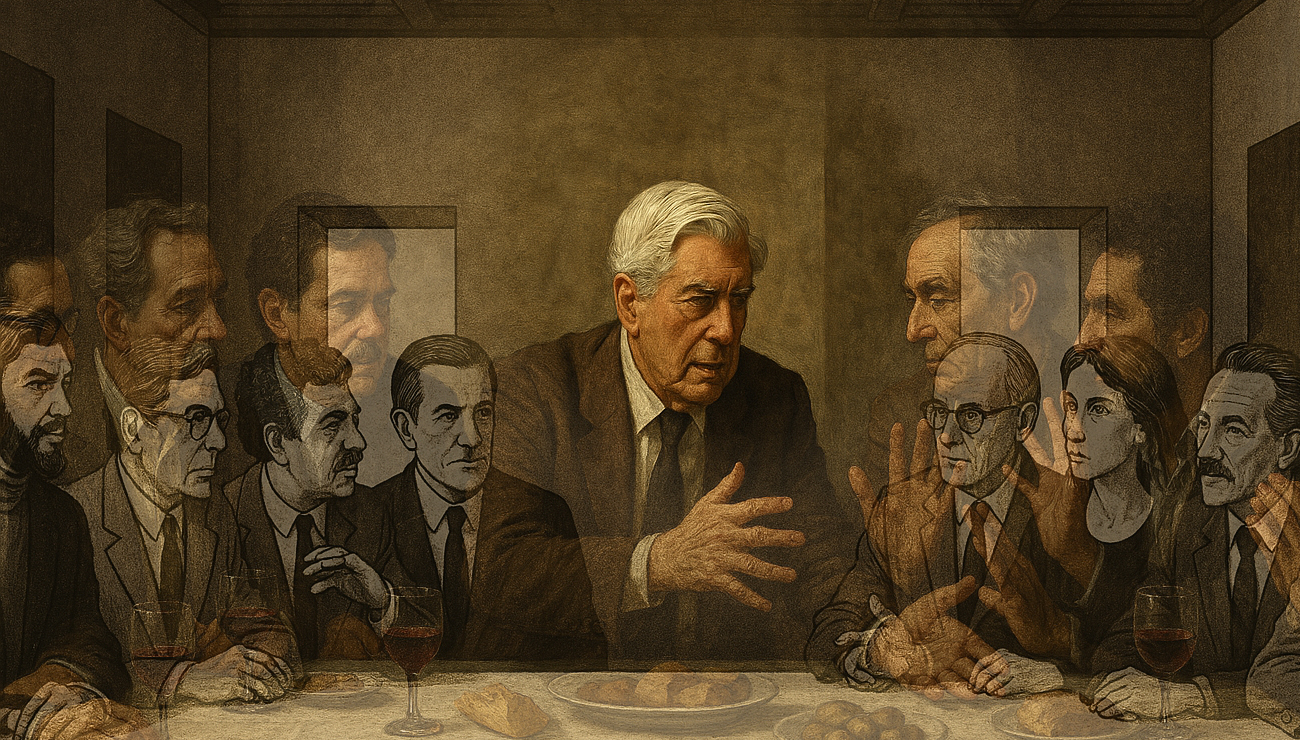
Reflections on the U.S. Healthcare System: A Vertical Labyrinth
Author: ©2024 William Castano-Bedoya
In a world where narratives of progress and technology seem to dominate everything, I found myself pausing during a walk today to reflect on the forces that truly shape our lives—the subtle threads that weave our everyday stories. This week, the murder of a prominent CEO in New York dominated the headlines; a tragedy that, while distant, stirred a recurring question within me: How fragile is the system that sustains our lives? I am not referring solely to the economy or politics but to something more intimate—the healthcare system in the United States, an enigma that should heal us but often seems to exhaust us even further.
The intrigue surrounding this case goes beyond the tragedy itself, perhaps because the victim was no ordinary individual, but someone whose role embodied the essence of a system built on financial efficiency. His mission, backed by millions of dollars in annual compensation, was not to save lives directly or improve the quality of medical care in his daily work but to ensure the economic sustainability of his company. In a model where cost savings and risk assessments are fundamental pillars, an unsettling paradox emerges: the same mechanisms that ensure corporate profitability can become a precarious journey for patients, who are trapped in a structure seemingly designed to deny more than it provides. This fact reveals not only the complexity of power hierarchies but also an inherent tension between economic priorities and human needs.
“Health is not everything, but without health, everything else is nothing.” — Arthur Schopenhauer.
This truth is lost in a system where patients are forced to become managers of their own care, navigating a maze of fragmented processes and uncoordinated decisions.
The verticality of the U.S. healthcare system is not just a structural issue; it is a metaphor for our societal disconnection. Its many layers—doctors, specialists, insurers, therapists—operate like isolated towers that rarely interact. As a patient, one feels like a pilgrim in a labyrinth of closed doors, searching for a path that connects the pieces of their treatment. Sometimes, after months of waiting for an appointment, you arrive at the office only to be told you cannot be seen because a document—a “referral”—is missing, something no one bothered to coordinate. Suddenly, you are no longer a human being in need of help but a manager caught in an indifferent system.
“The whole is greater than the sum of its parts.” — Aristotle.
Yet, in healthcare, this idea shatters: each actor operates in its own silo, leaving the patient with the impossible task of connecting the fragments.
In my case, it was my knee. A simple surgery that turned into an endless ordeal. The surgeon did his job, but the physical therapist never communicated with him to tailor my rehabilitation. Meanwhile, the insurer denied recommended therapies because their algorithms deemed them “unnecessary.” These algorithms—soulless machines—calculated my health based on statistical averages, ignoring my pain, my time, my life. Months passed, with a fragmented system where each actor operated like a planet in its own orbit, oblivious to the others. In the end, my knee failed to regain its full range of motion. It wasn’t a medical failure; it was a systemic one. A vertical system that never cared to become horizontal, to connect its own components.
“Man is condemned to be free.” — Jean-Paul Sartre.
In this case, that condemnation of freedom translates into a patient forced to take on responsibilities the system should have handled.
There’s an image I can’t shake: the patient as a castaway in a sea of bureaucracy, forced to swim alone between specialists who don’t communicate, therapists who follow scripts, and insurers who see only numbers. Each call to the insurer is an attempt to paddle toward dry land; each canceled appointment is a wave that pushes you back into open waters. In this labyrinth, recovery doesn’t depend solely on treatment but on your ability to navigate a system seemingly designed to let you sink.
“Life isn’t about waiting for the storm to pass, it’s about learning to dance in the rain.” — Vivian Greene.
But how can you dance in the rain when the healthcare system denies you even the basic umbrella of coordinated care?
The healthcare system, in its verticality, resembles a Gothic cathedral: impressive from the outside but filled with impossible staircases and dark chambers that never connect. Its purpose, in theory, is lofty: to heal, to restore, to save. But its execution is riddled with fractures. How can we call something “healthcare” when it forces the patient to become their own doctor, therapist, and manager all at once?
“We cannot solve problems with the same thinking we used when we created them.” — Albert Einstein.
To escape this labyrinth, we must change our mindset, shifting from a vertical to a horizontal approach.
Not all healthcare systems in the world operate this way. Countries like Denmark or the Netherlands have designed systems that prioritize cohesion and collaboration across different levels of care. In these places, general practitioners act as coordinators, ensuring patients are properly referred and that information flows seamlessly between specialists and therapists. Even in robust public systems like the United Kingdom’s NHS, though not without issues, there is greater integration that allows patients to move through the system without feeling like managers of their own care. These models prove that it is possible to design a horizontal, interconnected system where patient well-being is the focus, not an afterthought.
When the CEO in New York was murdered, the corporate world was thrown into crisis, questioning how someone so essential could be eliminated so easily. But what about us? Patients are the CEOs of their own lives, yet we face systems that make us feel expendable, as though our stories are nothing more than numbers on a balance sheet.
If there’s one thing I’ve learned from my experience, it’s that we need to transform verticality into horizontality. Doctors must talk to therapists, insurers must listen to patients, and the system must focus on its true purpose: health, not profit. Because at the end of the day, health is not merely the absence of disease but the ability to live fully, to walk firmly, to feel seen and heard. It’s not enough to mourn the death of a CEO; we must question the system he represented and the lives that, every day, are caught in its machinery.
Finished reading and want more? Your next favorite story is just a click away.
Explore my books!
What If Mario Vargas Llosa Was Right? Dissent as Literary Legacy in the Latin American Boom
A three-mile chronicle on cars, tariffs, and the economy of absurdity.
In a Soulless World, Facts Banish Feelings.
William Castaño
William is a Colombian-American writer who captivates readers with his ability to depict both the unique experiences and universal struggles of humanity. Hailing from Colombia’s Coffee Axis, he was born in Armenia and spent his youth in Bogotá, where he studied Marketing and Advertising at Jorge Tadeo Lozano University. In the 1980s, he immigrated to the United States, where he naturalized as a U.S. citizen and held prominent roles as a creative and image leader for projects with major corporations. After a successful career in the marketing world, William decided to fully dedicate himself to his true passion: literature. He began writing at the turn of the century, but it was in 2018 when he made the decision to make writing his primary occupation. He currently resides in Coral Gables, Florida, where he finds inspiration for his works. William’s writing style is distinguished by its depth, humanity, and authenticity. Among his most notable works are ‘The Beggars of Mercury’s Light: We the Other People’, ‘The Galpon’, ‘Flowers for María Sucel’, ‘ Ludovico’, and ‘We’ll meet in Stockholm”.









